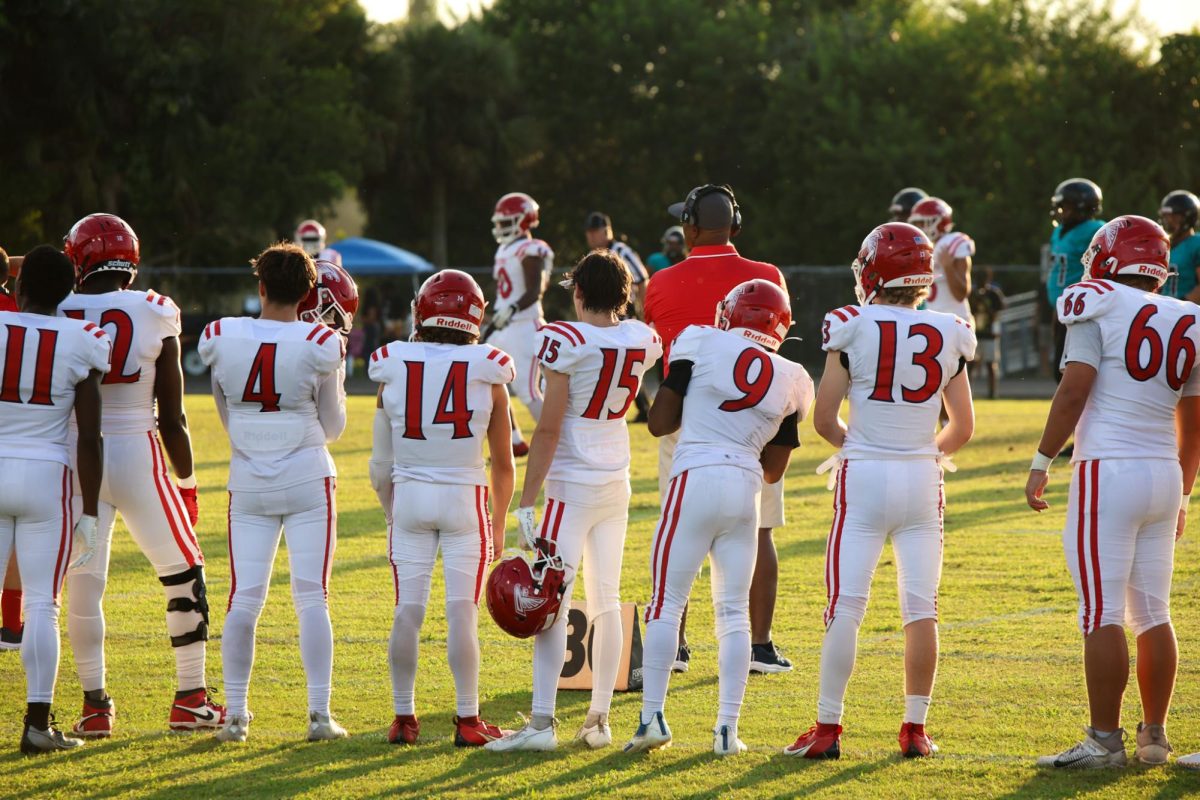When COVID-19 first struck the globe during the spring term, many universities, from MIT to UC Berkeley, began taking letter grades off students’ transcripts, instead replacing the multitude of A, B, C, D, and F grades with two simple words: pass or fail. In uncertain times, this pass/fail grading system acknowledged the volatility of students’ lives and noted that letters cannot account for one’s learning potential during a pandemic.
But the crisis isn’t over yet: as existing inequities in our education system continue to be exposed and exacerbated, Dreyfoos must follow in their footsteps and acclimate to the new reality, by adopting an opt-in pass/fail grading system for this school year.
It’s kind of hard to learn in a pandemic
Economic scarring from the COVID-19 crisis has put millions of households out of employment, many of whom were already one paycheck away from financial disaster. And this won’t be resolved anytime soon: Forbes reports that it could take 4 years for the 22 million jobs lost due to the recession to come back.
It’s no wonder then that putting food on the table and paying rent are the chief concerns of numerous families, and many students now have greater familial responsibilities such as caring for elderly relatives or younger siblings. These hefty obligations may conflict with classes and homework, leaving underprivileged students behind compared to more privileged ones.
Inequities also come in the form of the digital divide that exists across households: underprivileged communities are less likely to have access to high-speed internet and technology. When Palm Beach County schools reopened, nearly two-thirds of students opted to continue distance learning instead of attending in-person classes. However, the Palm Beach Post reports that in the county, 92,000 households, or 17 percent of the total, lack crucial access to high-speed internet in an era of digital learning. This disparity has resulted in low-income students less likely to log onto school classes, according to district records from the spring semester, creating an uneven playing field in the classroom. It is callous to presume that students without access to a laptop or stable internet access can educationally engage at the level of those with resources.
Materialized Impacts
These factors have proved destructive to students’ grades, with recent data from the school district painting a troubling picture: 13.5 percent of high school grades were F’s, more than doubling the amount of F’s from last year’s 5 percent — and similar situations have played out in districts across the nation.
Behind the screen, the declining mental health of students is another reason for grave concern. A survey of 3,300 U.S. high school students in June conducted by the Center for Promise found that nearly one-third of students reported that they have “more often been feeling unhappy or depressed,” and a similar percentage reported being “much more concerned than usual about having their basic needs met.” The pandemic has categorically changed everyone’s lives, and with social isolation taking a toll on mental health, is hindering many students’ academic performance in class.
No more letters?
Unlike the traditional letter grading system, in which there are distinctions between A, B, C, D, and F grades, the pass/fail system operates on a binary framework — that is, you either pass or fail the class. If you pass a class, you receive the full credits of the course without affecting your GPA.
Implementing a pass/fail policy at Dreyfoos would reduce the pandemic’s manifold pressures on students, ensuring that students’ GPAs and future opportunities are not damaged because of greater family responsibilities, financial instability, struggling mental health, and lack of technological resources. After all, letter grading doesn’t reflect a student’s true effort and learning capacity when these factors are in play.
While students may be concerned about the system not allowing them to increase their GPA for scholarships and college admissions, colleges like the University of Virginia utilize optional pass/fail grading, which maximizes flexibility for students and their individual circumstances by allowing them to choose whether to have pass/fail or letters on their transcript. Furthermore, all of New York City public high schools have adopted optional pass/fail grading for this school year. Dreyfoos should do the same, in recognition of the pandemic’s disproportionate impacts.
Opponents of the pass/fail grading system may argue that such a system would decrease students’ motivation to learn because they’ll know that completing or not completing an assignment won’t appear on their transcript. However, while this claim may appear true at face value, it isn’t supported in the real world.
Take a glance at medical schools, many of which had adopted pass/fail grading before the pandemic. A 2018 study published in the Southern Medical Journal examined the pass/fail system’s impact on these students and concluded that their overall academic performance was similar to that of the letter grading system, suggesting that an “enhanced learning environment” with pass/fail systems doesn’t come at an academic detriment. Other reports not only find similar results, but further note that pass/fail systems foster cooperation, reduce competition, and increase intrinsic motivation to learn.
While these conclusions may be surprising to some, it makes sense when you analyze how students learn. Teenagers’ single-minded focus on achieving an A over a B doesn’t mean they are intrinsically invested to learn any subject; rather, they are bent on completing assignments to bump up a letter through any means. The pass/fail system not only levels the playing field but strengthens classrooms as learning environments, and allows students to re-examine the deeper purpose of learning.
Education has been described as the great equalizer, but amidst a pandemic and a radical transformation to digital learning, it is anything but equal. Taking into account each student’s circumstances creates not just a fairer educational system, but a humane one.






![[BRIEF] The Muse recognized as NSPA Online Pacemaker Finalist](https://www.themuseatdreyfoos.com/wp-content/uploads/2025/03/IMG_2942.jpeg)















































!["I hope [my image] evokes reliability and/or understanding. Teens, AKA test takers, [will] hopefully relate to at least one of the figures shown," visual junior Giovanna Romano said about the cartoon above. "I thought it would be a good idea to illustrate how different people handle hard tests, and different emotional reactions to not knowing the answer."](https://www.themuseatdreyfoos.com/wp-content/uploads/2021/03/Image-from-iOS.jpg)
![[Editorial] The Art of Funding](https://www.themuseatdreyfoos.com/wp-content/uploads/2023/03/SHC_new2-600x900.jpeg)